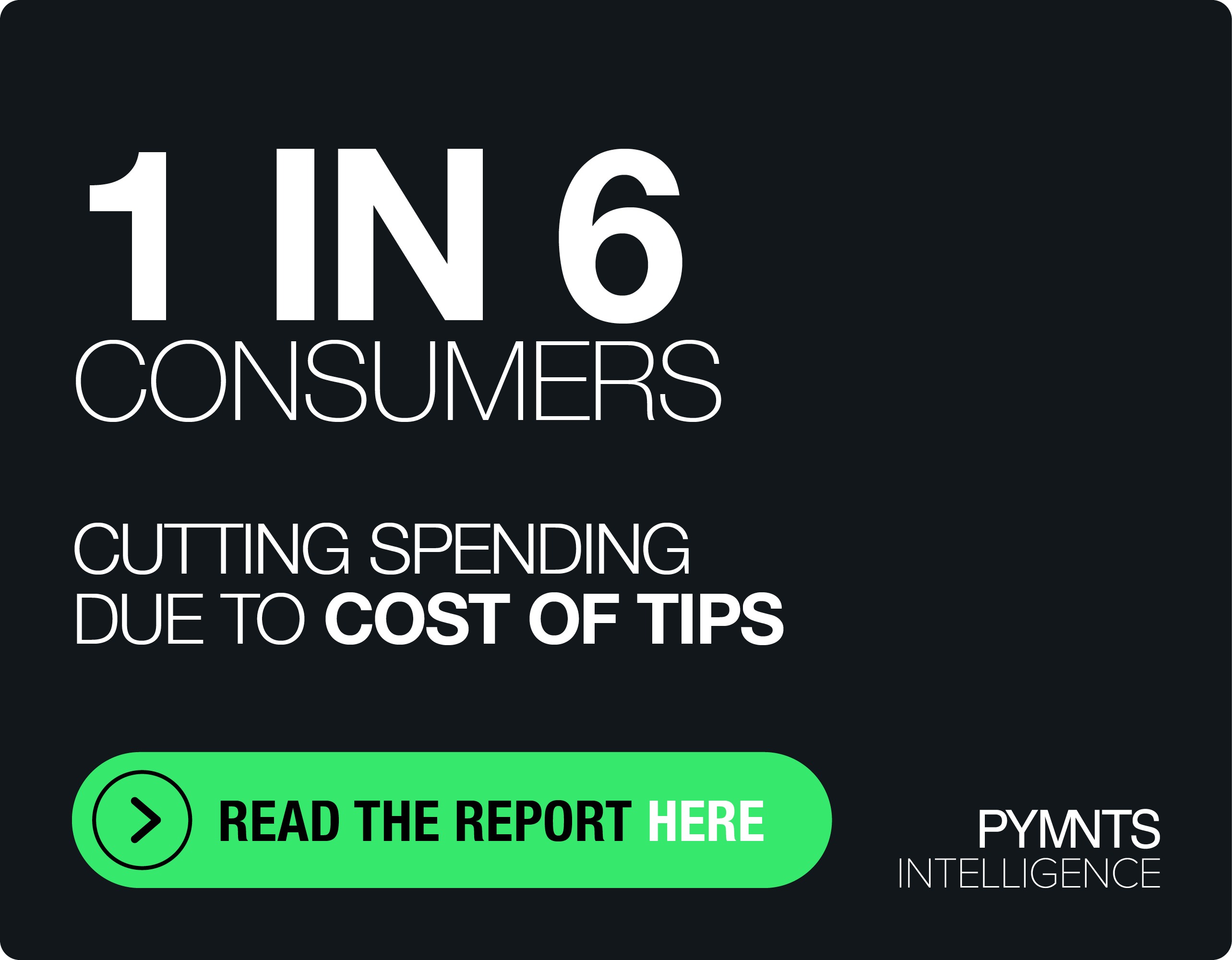Report: 80% of B2B Transactions Expected to be Digital by 2025

As more businesses are making and receiving digital payments themselves, a growing number are also requiring their business partners to do the same.
It’s a trend that is clearly set to continue for the foreseeable future, new data from PYMNTS suggests. In fact, the Enabling B2B Payments For The Virtual Workforce study projects that up to 80% of all buyer-supplier transactions could be done digitally by 2025.
As a result, mobile and contactless payment options, especially virtual cards, are poised to reshape the corporate payments ecosystem. In the B2B space, this is driven by the efficiencies and spend management capabilities they provide.
“The [pandemic] has brought attention to the need to review expenses … so having a system or tool that makes it very simple to … provide that oversight and transparency and accountability into what they are spending is crucial now,” Caleb Jenkins, leader of client accounting services for tax and accounting firm RLJ Financial, told PYMNTS. “[There is] a more real-time need to review expenses, and I am not sure that change is going away any time soon.”
Spend Management
With virtual cards, payments automatically decline if a technology provider increases its prices significantly above the rate that has been set on the virtual card and the company would get notified upon the transaction’s decline.
Virtual cards can also help businesses develop real-time spend management to facilitate finalizing vendor payments or other B2B expenses. Waiting until the end of the month to review and resolve spending is no longer an option for businesses that must optimize their cash flows to stay up and running.
Tracking and categorization for expense management is another function that’s easier with virtual cards. Employees can request access to funds before they are released to make transactions, allowing the firm to better mitigate fraud.
Together with these spend management tools, businesses also stand to gain many operational benefits from adopting digital payment systems.
Operational Benefits
One is the reduced transactional costs that stem partly from having more accurate data than legacy, paper-based systems offer. Research suggests that inaccurate data costs U.S. businesses a collective $600 billion each year. Migrating to digital payments operations can help firms reduce this hefty price tag.
Businesses also can streamline their accounts receivable (AR) and accounts payable (AP) operations to reflect a payments ecosystem that is becoming more digital and mobile. PYMNTS research finds that 49.2 percent of businesses cite manual AR processes as a major issue while 48.4 percent say processing speeds are a major friction. These issues have dramatically boosted companies’ interests in digital B2B innovations such as virtual cards.
Budgeting with real-time data is another benefit of utilizing virtual cards. Access to virtual cards’ real-time spending data can also improve how businesses manage their quarterly budgets.
An Evolving Market
Because of their benefits, the projected volume of the international B2B virtual card payment market is expected to hit $553 billion by 2024.
Firms are drawn to digital B2B solutions such as virtual cards because they can help businesses process payments faster, reduce manual input and offer real-time visibility into where payments are in the transaction process.
With 80% of B2B transactions expected to go digital, businesses are facing increased pressure to adopt digital payment solutions or lose their competitive edge in this evolving market.
